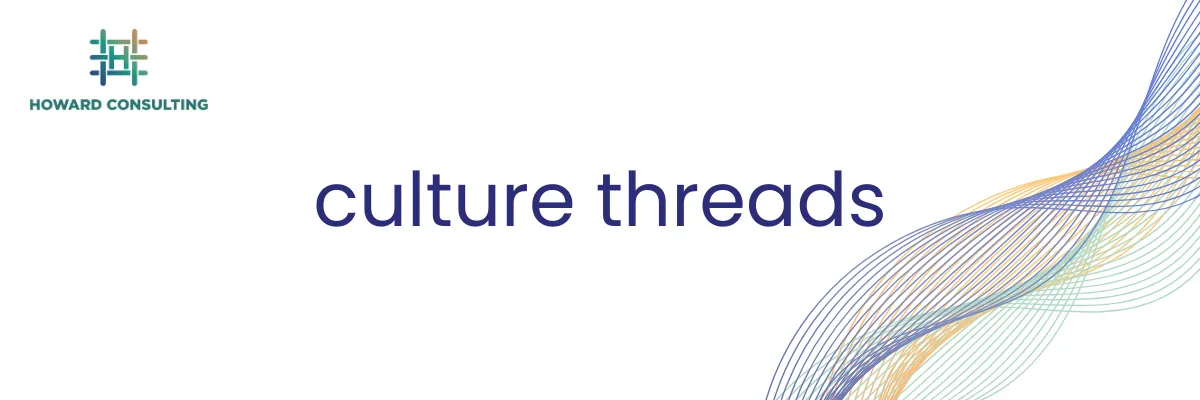
Hey folks -- My newsletter is back with a new name (culture threads) and a sharper focus.
Shorter
Easier to read
Weekly (or close to it)
Focused on practical, actionable ways to strengthen your team collaboration and culture.
Think of it as a quick, thoughtful nudge to take action!
You'll find links to tools, stories, and resources that leaders find most useful.
Until next time,
Linda
This Week's Threads
👉 Why did I rename this newsletter culture threads and what does my logo have to do with it?
There’s a story behind it!
👉 What’s your culture costing—or earning—you?
Check out the hidden ROI of a strong culture.
👉 What helps you feel centered and grounded in this uncertain world?
Take a piece of paper and draw these three circles.
Your culture is not a once-and-done activity. It's an everyday, ongoing way of working and being.
When you strengthen the various "threads" that make up your culture, your organization becomes stronger. And you achieve more!
That's what I believe.
Hopefully, the format of this new culture threads newsletter will inspire you to take action and create a culture fabric that is strong, resilient, and helps your organization thrive!

See you next week!
